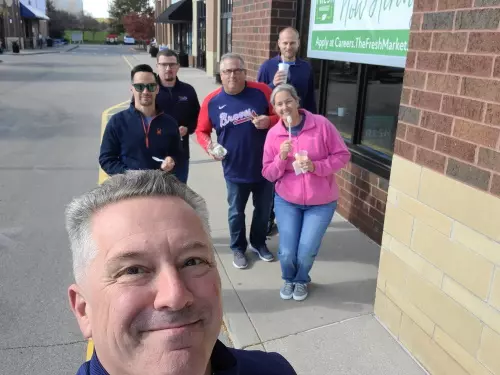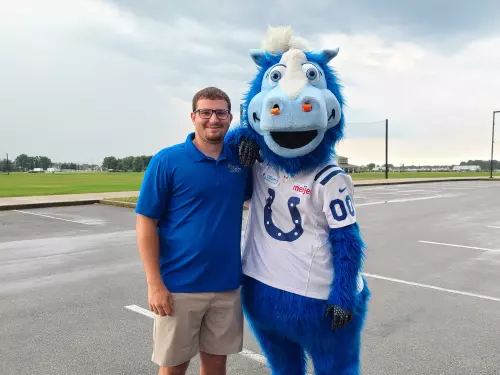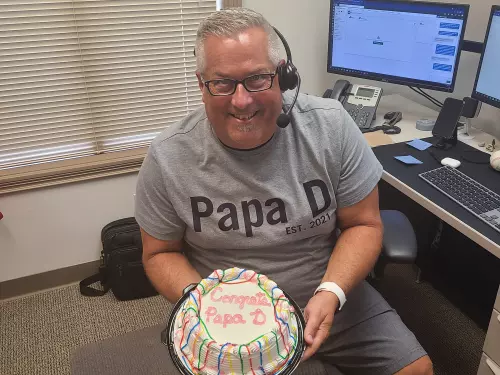When your teen gets their driver’s license, it feels like a big leap towards freedom, right? But you might be wondering if they’re quite ready for the road. It’s true that teens aren’t quite up to the same level of driving responsibility as adults. They tend to speed, make mistakes, and get distracted easily—especially when their friends are in the car. In fact, teen drivers have a higher rate of fatal crashes because they’re still developing their driving skills and experience. To keep your teen safer, all 50 states and the District of Columbia use a graduated driver licensing (GDL) system. This three-stage approach can cut your teen’s crash risk by up to 50%!
What Can You Do?
- Know Your State’s GDL Laws: Each state has different rules, so it’s important to be familiar with the specific restrictions on your teen’s license. This knowledge helps you enforce these laws effectively. You can set clear rules for your teen, like limiting night driving, banning phone use while driving, and making seat belts a must at all times.
- Discuss the Risks of Drugs and Alcohol: Remind your teen that drinking under 21 is illegal and driving under the influence is dangerous and unlawful. For anyone under 21, the blood alcohol concentration (BAC) should be 0.00—there’s no tolerance for any amount of alcohol or drugs.
- Be a Role Model: Your teen learns a lot from watching you, so practice safe driving yourself. Use driving practice sessions as a chance to spend quality time and help them improve their skills.
- Don’t Rely Solely on Driver’s Ed: Remember, driver’s education is just one piece of the puzzle. The GDL system, combined with your involvement, will provide a more comprehensive approach to teaching your teen to drive.
Distracted Driving
Teens are more prone to distractions while driving. For instance, texting or talking on the phone while driving increases the risk of a crash significantly—by 23 times for texting! Distractions can also come from eating, applying makeup, or adjusting the radio. Any distraction can be dangerous, even if it’s just for a few seconds.
What Can You Do?
- Talk About the Importance of Focus: Share stories and statistics about distracted driving and emphasize that driving requires full attention. Make it clear that texts and calls can wait until they’re safely parked.
- Understand and Enforce Laws: Know your state’s distracted driving laws and ensure your teen follows them. You might want to set additional rules about the number of passengers or driving hours to reduce distractions.
- Set Consequences: If your teen breaks any distraction rules, consider consequences like limited driving hours or reduced driving privileges. Limiting phone access can also be an effective punishment.
- Lead by Example: Always keep your eyes on the road and hands on the wheel. Your teen is more likely to follow safe driving practices if they see you doing the same.
Passengers
Having friends in the car can lead to risky driving behaviors. Studies show that teens are more likely to engage in dangerous behaviors with peers in the car, and the risk of a fatal crash increases with the number of passengers.
What Can You Do?
- Know and Enforce Passenger Restrictions: Familiarize yourself with your state’s GDL laws regarding passengers and set your own rules if necessary. Limit the number of passengers your teen can have to minimize distractions.
- Establish Clear Rules: If your state doesn’t have specific passenger restrictions, create your own rules about who can ride with your teen and enforce them.
Speeding
Speeding is a major issue for teen drivers. In 2022, speeding was a factor in 30% of fatal crashes involving teen drivers. Teens may speed more as they gain confidence, so it’s crucial to keep an eye on their speed.
What Can You Do?
- Get Involved: Monitor your teen’s driving habits closely and discuss the dangers of speeding.
- Set a Good Example: Never speed yourself. Your teen will follow your lead.
- Consider the Car: When buying a car for your teen, opt for a larger, newer vehicle rather than a high-performance one, which might encourage speeding.
Drunk Driving and Drugs
Underage drinking and driving under the influence of any substances—alcohol, drugs, or medications—are illegal and extremely dangerous. Let your teen know the serious consequences of impaired driving, including legal penalties and the risk of severe accidents.
What Can You Do?
- Talk About the Risks: Make sure your teen understands the legal and personal consequences of drinking or using drugs and driving.
- Never Provide Alcohol: Don’t ever provide alcohol to teens; it’s illegal and risky. Ensure your teen knows that any amount of alcohol or drugs is unacceptable.
- Encourage Safe Rides: Let your teen know they can always call you or another trusted adult for a safe ride if they’re in a situation where they might drive impaired.
Seat Belts
Many teen drivers don’t buckle up, which is concerning. In 2022, half of the teen drivers who died in crashes were not wearing seat belts. Emphasize the importance of buckling up every time, for every trip.
What Can You Do?
- Make Seat Belt Use Non-Negotiable: Explain that wearing seat belts is not just a law but a crucial safety measure. Reinforce this by setting a rule that everyone must buckle up, every time.
- Be a Role Model: Always wear your seat belt and ensure all passengers do as well. Your teen will follow your example.
- Keep the Conversation Going: Regularly remind your teen about the importance of seat belts. Visual reminders like sticky notes can be helpful.
Drowsy Driving
With busy schedules and late nights, teens often don’t get enough sleep, leading to drowsy driving. This can severely impair their driving abilities and increase the risk of crashes.
What Can You Do?
- Ensure Adequate Sleep: Make sure your teen gets enough rest by setting a regular bedtime and limiting screen time before bed.
- Monitor Night Driving: Follow your state’s GDL laws about nighttime driving and enforce these rules to help prevent drowsy driving.
Setting Ground Rules
Despite progress, motor vehicle crashes are still the leading cause of death for teens. Setting clear driving rules and modeling good behavior can make a big difference.
What Can You Do?
- Start Early: Begin conversations about safe driving before your teen starts driving. Engage with other parents to reinforce safe driving habits.
- Model Good Behavior: Show safe driving practices yourself. Your teen will likely adopt these habits if they see you following them.
- Put It in Writing: Create a parent-teen driving contract outlining rules and consequences. Display it prominently to remind everyone of the expectations.

By staying involved and setting clear guidelines, you can help ensure your teen develops into a responsible and safe driver. For more information, check out the National Highway Traffic Safety Administration’s resources.
This information provided and more articles are available at the National Highway Traffic Safety Administration.





